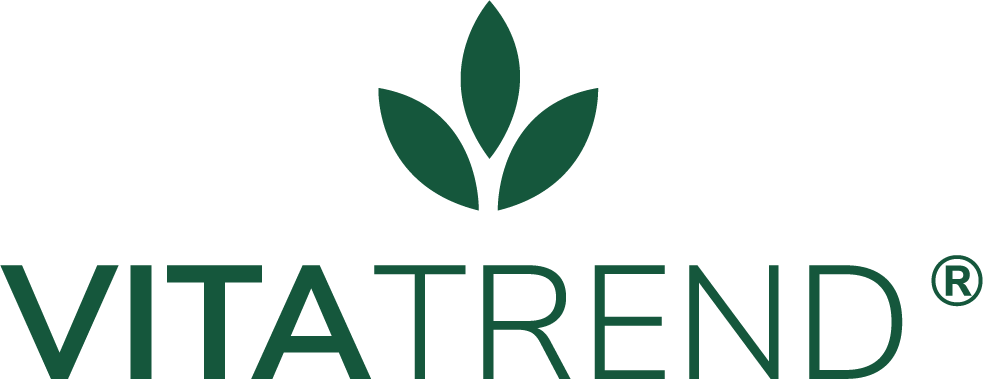It helps identify the availability of liquid funds with the organization in a particular accounting period. Thus, it accounts for a company’s financial standing and reveals the corporate efficiency in managing its cash and liquidity position. Are you interested in gaining a toolkit for making smart financial decisions and the confidence to clearly communicate those decisions to key internal and external stakeholders?
It includes details such as the date, payee, payment method, amount, and expense category for each transaction. A month-to-month comparison Excel chart helps track changes in cash flow over time. Knowing how to calculate operating cash flow helps avoid nasty surprises. Strategies like reducing receivable days or controlling expenses can help if cash flow is weak. This category includes any payments made in connection with mergers and acquisitions (M&A), asset purchases or sales, vendor or customer loans, and other payments. In other words, changes to investments, equipment, or assets are considered to be related to cash from investments.
What is on a cash flow statement?
Businesses can utilize it to analyze how effectively they are investing their cash. If a company’s cash flow from investing is consistently negative, it might indicate that the company is investing heavily in its growth. The statement of cash flows can provide the snapshot businesses need to make informed investment decisions. Finally, the Financing component lists all cash exchanges involving debt, equity, and dividends. This section exhibits how much cash a company has raised via debt or equity and how much of its income was returned to its shareholders in the form of dividends. The Financing section can provide insights about the company’s capital structure and financial strategy.
Cash Flow Statement Direct Method
Substantial or increasing amounts allocated towards socially responsible activities signifies a priority towards such initiatives. Conversely, reductions in these investments may suggest a shift in priorities. In conclusion, the statement of cash flows serves as an essential guidepost for a company’s financial decision-making. From budgeting and investing to managing costs, the data in this statement often underpin critical strategies and decisions. To verify the ending amount in the statement of cash flows, compare it to the total balance of the cash and cash equivalent ledger accounts in your general ledger.
High capex often indicates expansion, while frequent asset sales may indicate liquidity concerns. Moreover, financing cash flow reveals how a company raises and repays capital, with excessive debt issuance posing risks but steady dividend payments suggesting financial stability. These non-cash items have been accounted for on the company’s income statement and balance sheet. If you do your own bookkeeping in Excel, you can calculate cash flow statements each month based on the information on your income statements and balance sheets.
Examples of Cash Flow Statement
That sale would show up as revenue and contribute to profits on the income statement, but might not translate into a cash inflow until a later period. Cash flow from investing (CFI) or investing cash flow reports how much cash has been generated or spent from various investment-related activities in a specific period. Investing activities include purchases of speculative assets, investments in securities, or sales of securities or assets.
The payment is recorded in the company’s bank account and reconciled with the cash disbursement journal. Operating cash flow (OCF) is key to understanding a company’s financial health. Negative cash flow appears when a company spends more than it generates in a certain period. A company may have an overall negative cash flow or any one of the sections may have negative cash flow, as the previous example shows in the investing and financing sections. Cash flow statements are financial accounting statements that provide a detailed picture of the movement of money through a company — both what comes in and what goes out — during a certain period of time.
Others treat interest received as investing cash flow and interest paid as a financing cash flow. We sum up the three sections of the cash flow statement to find the net cash increase or decrease for the given time period. This amount is then added to the opening cash balance to derive the closing cash balance. This amount will be reported in the statement of cash flows definition balance sheet statement under the current assets section. This is the final piece of the puzzle when linking the three financial statements.
- The sources of cash from banks and investors, as well as the methods of paying out cash to shareholders, are all included in the cash from financing operations.
- Please refer to the Payment & Financial Aid page for further information.
- These activities may include buying and selling inventory and supplies and paying employee salaries.
- In contrast, the statement of cash flows focuses on the inflows and outflows of cash.
- Hence, both statements are needed to form a comprehensive overview of the financial performance.
The cash flow statement is a part of a company’s financial statement that tracks its actual cash movements, providing a clear picture of liquidity and its financial lifeblood. The statement of cash flows is one of the financial statements issued by a business, and describes the cash flows into and out of the organization. Its particular focus is on the types of activities that create and use cash, which are operations, investments, and financing. A smaller organization may not release a statement of cash flows for internal use, preferring to only issue an income statement and balance sheet.
Some candidates may qualify for scholarships or financial aid, which will be credited against the Program Fee once eligibility is determined. Please refer to the Payment & Financial Aid page for further information. This cash flow statement shows Company A started the year with approximately $10.75 billion in cash and equivalents. Remember that the indirect method begins with a measure of profit, and some companies may have discretion regarding which profit metric to use.
Operating activities via the indirect method
Net cash flow is the change in cash and cash equivalents on the company’s balance sheet during the accounting period. It is often listed as „increase/decrease in cash and cash equivalents“ on the cash flow statement. A cash flow statement is one of three core financial statements released by publicly traded companies when they report earnings quarterly and annually. Cash flow from investing activities includes long-term asset (fixed asset) cash purchases and sales and fixed asset insurance proceeds. Furthermore, investing activities are investments in securities of other companies, loans to other entities, and M&A cash transactions to buy businesses. Reading a cash flow statement is an important skill for anyone who wants to understand the financial health of a company.
(Less): Investments in PP&E
These three activities sections of the statement of cash flows designate the different ways cash can enter and leave your business. You’ll also notice that the statement of cash flows is broken down into three sections—Cash Flow from Operating Activities, Cash Flow from Investing Activities, and Cash Flow from Financing Activities. Now that we’ve got a sense of what a statement of cash flows does and, broadly, how it’s created, let’s check out an example.
Cash flow statements have been required by the Financial Accounting Standards Board (FASB) since 1987. We also allow you to split your payment across 2 separate credit card transactions or send a payment link email to another person on your behalf. If splitting your payment into 2 transactions, a minimum payment of $350 is required for the first transaction. We expect to offer our courses in additional languages in the future but, at this time, HBS Online can only be provided in English. As we have seen from our financial model example above, it shows all the historical data in a blue font, while the forecasted data appears in a black font.
- You can learn a lot about a business’s health by looking at its cash flow statement and calculating some ratios.
- The payment is recorded in the company’s bank account and reconciled with the cash disbursement journal.
- So, if a business offers a bond to the general public, it gets cash financing.
- A professional advisor will recommend action based on your personal circumstances and the most recent information available.
TD Business Solutions Credit Card
This is an ideal situation to be in because having an excess of cash allows the company to reinvest in itself and its shareholders, settle debt payments, and find new ways to grow the business. For non-finance professionals, understanding the concepts behind a cash flow statement and other financial documents can be challenging. Under U.S. GAAP, interest paid and received are always treated as operating cash flows. The issuance of debt is a cash inflow, because a company finds investors willing to act as lenders. However, when these debt investors are paid back, then the repayment is a cash outflow. Positive operating cash flow means a business is generating enough cash to cover expenses, whereas negative cash flow may signal inefficiencies in working capital.
In this section, cash inflows come from selling assets, divesting subsidiaries, or collecting payments on loans. Cash outflows include capital expenditures (capex), investments in securities, and business acquisitions. Accounting standards usually require accrual accounting to record transactions when recognized, not when cash payments occur. The Statement of Cash Flows is one of the financial statements that you need to prepare at the end of every accounting period. It presents the cash receipts or inflows, and cash payments or outflows related to the operating, investing and financing activities of your company during a period of time.



